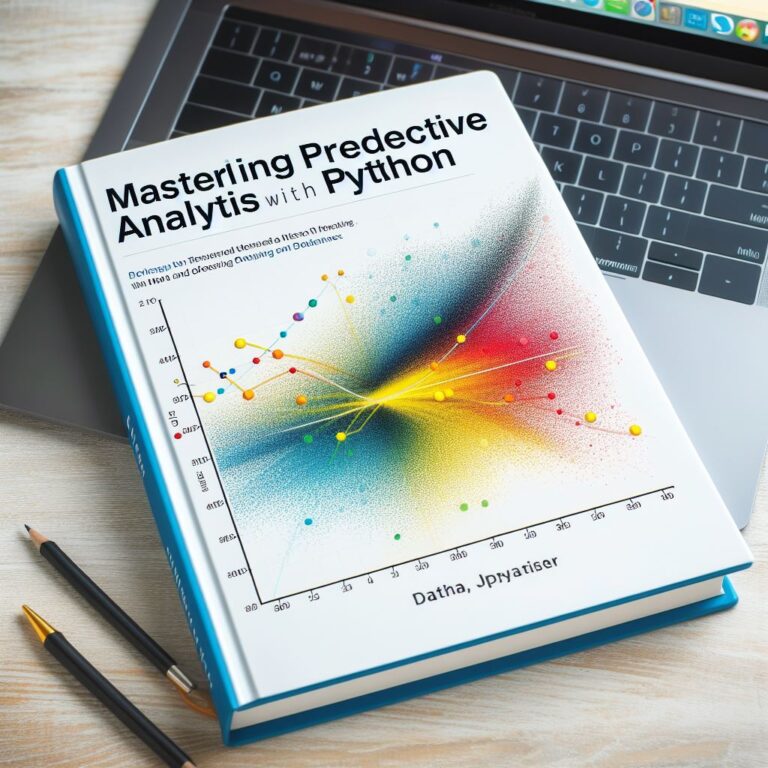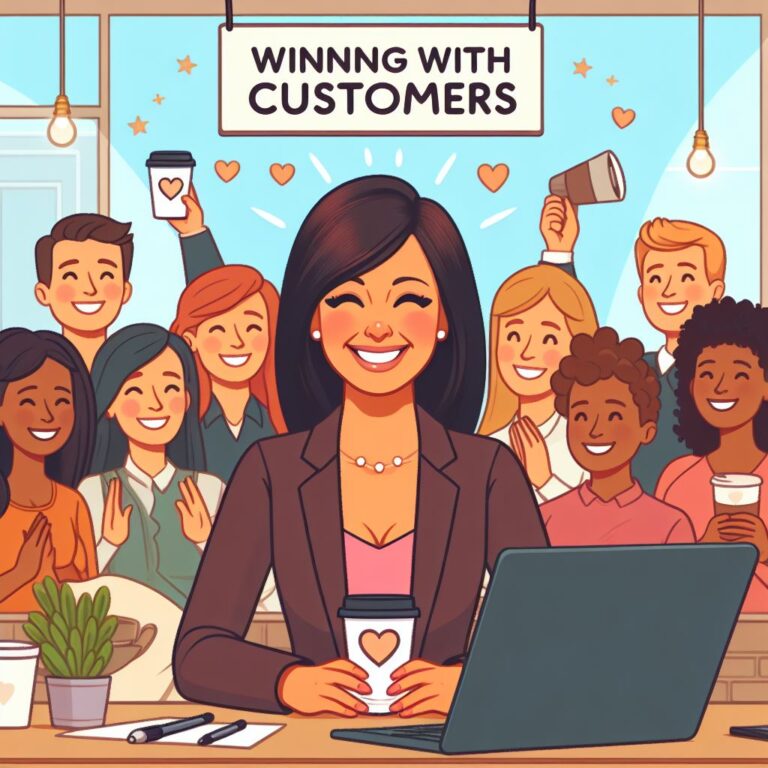Permission Marketing – Book Review
By: Seth Godin
Introduction:
In the realm of marketing, Seth Godin’s Permission Marketing, introduced in 1999, remains relevant in the face of information overload and incessant advertising. In a world bombarded with messages, Godin addresses the challenge of capturing attention and turning strangers into friends and friends into customers through permission.
The Way To Make Marketing Work Again:
Godin emphasizes that amidst the deluge of advertising, businesses must transform interruptions into anticipated, personal, and relevant interactions. The theory of permission marketing revolves around incentivizing consumers, educating them about products or services, reinforcing incentives, and gradually gaining more permissions over time.
The Four Steps:
Godin outlines four crucial steps in permission marketing: offering incentives for attention, educating consumers, reinforcing incentives through a dialogue, and progressively motivating consumers to grant more permissions. This personalized, frequent, and relevant communication aims to convert strangers into friends and, ultimately, loyal customers.
The Five Levels of Permission:
Godin identifies five levels of permission, ranging from situational permission initiated by the consumer to intravenous permission where the marketer makes buying decisions on behalf of the customer. Each level involves trust-building, brand extensions, personal relationships, points systems, and, in the highest form, allows marketers significant control over buying decisions.
Conclusion:
Permission marketing hinges on non-transferability, consumer selfishness, its continuous nature, and the risk of cancellation by consumers. Godin’s philosophy challenges traditional advertising, urging businesses to create an environment where consumers willingly engage, leading to sustained trust, responsibility, and profits. In an era saturated with marketing messages, permission marketing offers a strategic approach to cut through the clutter and establish meaningful connections with consumers.







